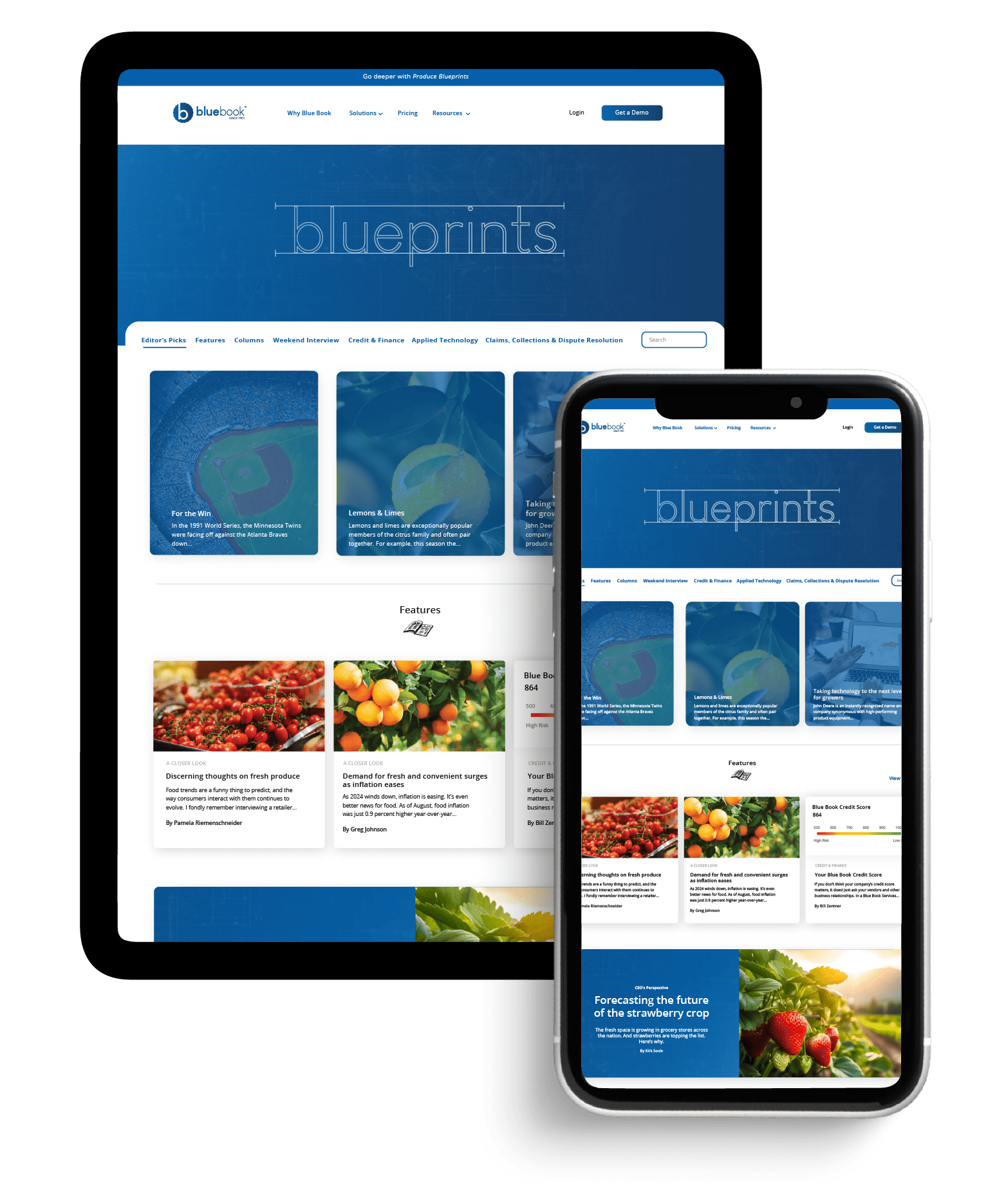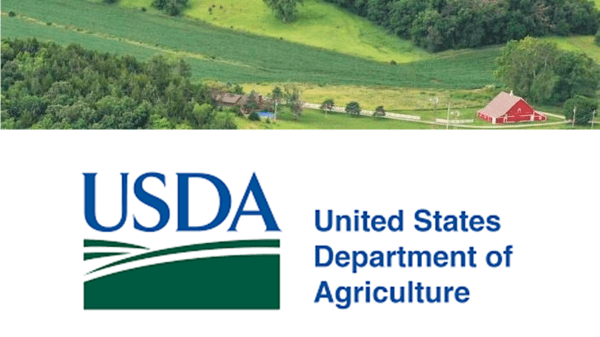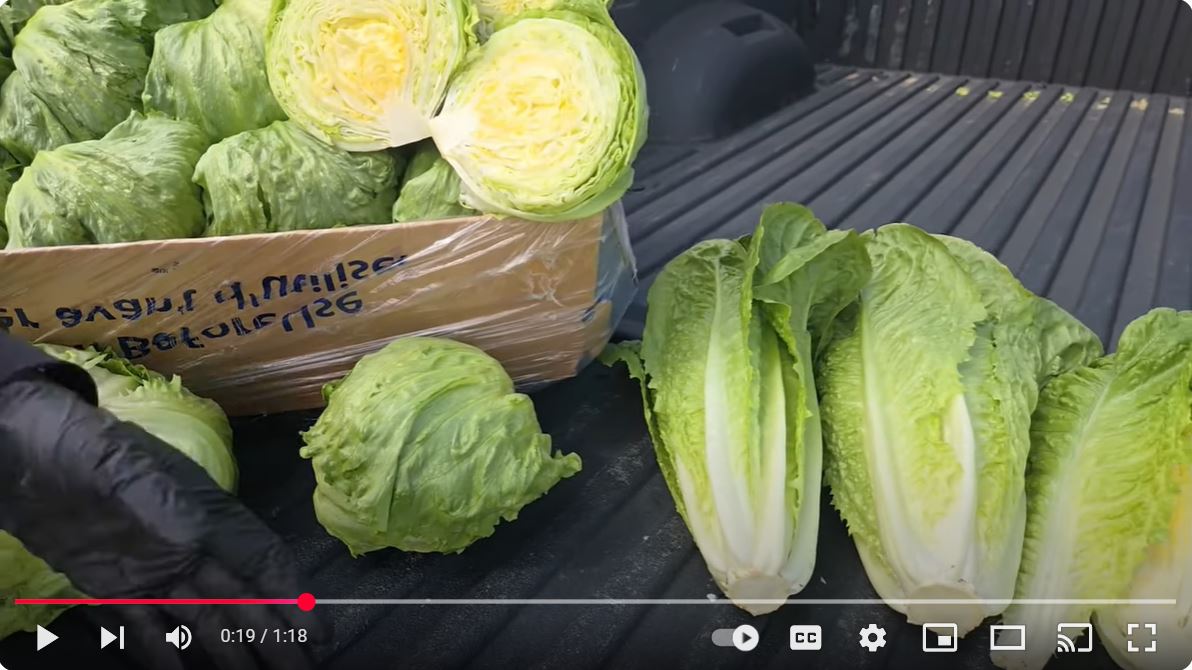
A key concern in all the economy but especially foodservice is higher fuel prices, which has led delivery services, and almost all businesses involved in supplying produce to the foodservice channel, to add surcharges to their invoices—costs often passed along to consumers.
“Fuel is the largest part of it, but it’s not the only part of it,” says Dan Robertson, president of Robertson Produce BB #:101876 in Monroe, LA, citing price increases ranging from shrink-wrap to boxes. “Everything has skyrocketed.”
The timing is especially unfortunate, he says, as many businesses were finally getting operations back on track. “It’s a double whammy for customers—they’re paying fuel surcharges and seeing their own costs rise.”
For Produce Alliance LLC BB #:159218 in Chicago, IL, David Kraus, senior vice president of custom distribution, says a segue into nontraditional supply chain sources and diversifying its grower and processor base has been paying off. “Our margins have not suffered.”
Jin Ju Wilder, director of marketing and business development at Vesta Foodservice BB #:125924, based in Santa Fe Springs, CA, points out another challenge: climbing fertilizer costs. Prices have been rising since 2020 for a variety of reasons, and have been very high since the fall of 2021.
Labor, too, must be added to the mix.
Craig Fields, director of account management for the Northwest at RPE, LLC BB #:105471 in Bancroft, WI, weighs in on the ongoing difficulties of hiring and retaining talent. “The higher cost of employees is one of the most significant challenges facing the foodservice industry.”
Not only did the labor situation worsen considerably during the pandemic, but it is far from returning to ‘normal.’
“Unemployment is low, but many workers just left the job market—and many were in the foodservice sector,” says Joe Watson, vice president of retail, foodservice, and wholesale at the International Fresh Produce Association BB #:378962 in Newark, DE.
“Foodservice has raised rates, especially for tipped staff, so that’s not a barrier. There just aren’t enough coming back, and without the wait and kitchen staff, you can’t run a business.”
Shipping woes
The same is true on the trucking side, which has long faced labor issues, due in part to an aging workforce.
Robertson Produce has 40 trucks and 45 drivers, who are demanding higher pay.
The company’s starting pay is $20 per hour as of April 2022, up from $15 just a year ago. “You’re getting the same level of employee for a higher cost,” says Robertson.
Rising labor and fuel costs have caused the company to serve a 150-mile radius around its three distribution centers, down from its traditional 200 miles. “We’re retracting some of our territory,” he confirms.
While supply chain issues have lessened a bit since the start of 2022, they’re not over.
“Keep an eye on port conditions,” notes Wilder. “That has not gone away.”
“From a supply chain standpoint, it’s about transportation and not so much the availability of goods,” observes Watson. “It’s the cost of getting from the origin to the endpoint.”
As a result, he says, suppliers are consolidating and working together to maximize freight and require fewer pickups.
On the subject of availability, however, fruit and vegetable importers are keeping a wary eye on the impact of the war in Ukraine.
“International trade is disrupted, which affects where the product is going, the prices, and how to recover those costs,” states Wilder.
This is an excerpt from the cover story in the July/August 2022 issue of Produce Blueprints Magazine. Click here to read the whole issue.







